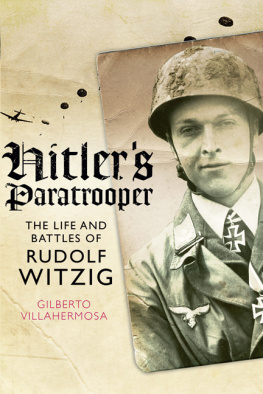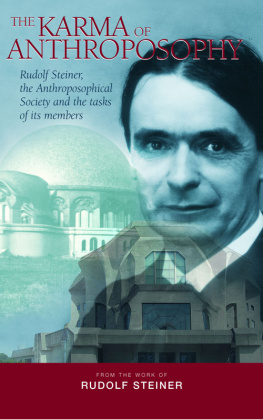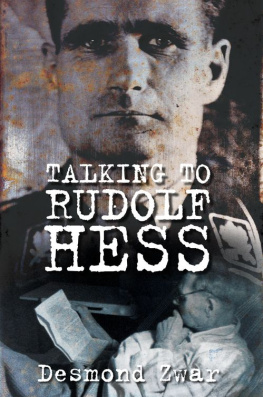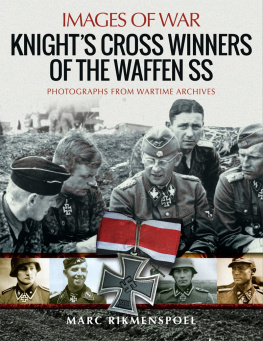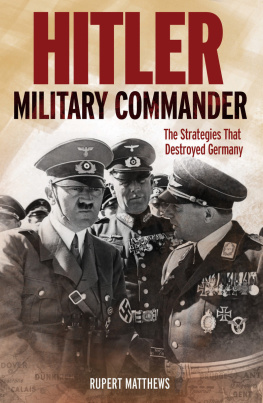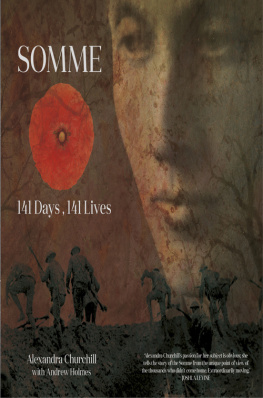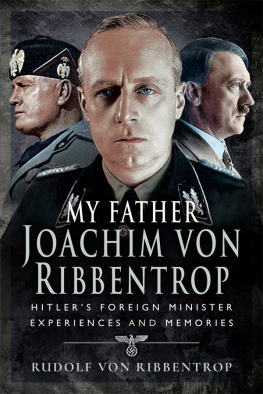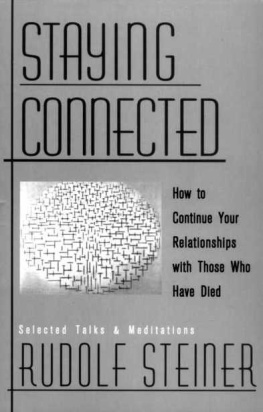


Hitlers Paratrooper
First published in 2010 by Frontline Books,
an imprint of Pen & Sword Books Ltd,
47 Church Street, Barnsley, S. Yorkshire, S70 2AS
www.frontline-books.com
This paperback edition published in 2014 by Frontline Books.
Copyright Gilberto Villahermosa, 2010
ISBN: 978-1-84832-762-2
eISBN: 9781473805538
The right of Gilberto Villahermosa to be identified as the author of this work has been asserted by him in accordance with the Copyright, Designs and Patents Act of 1988.
All rights reserved. No part of this publication may be reproduced, stored in or introduced into a retrieval system, or transmitted, in any form, or by any means (electronic, mechanical, photocopying, recording or otherwise) without the prior written permission of the publisher. Any person who does any unauthorized act in relation to this publication may be liable to criminal prosecution and civil claims for damages.
CIP data records for this title are available
from the British Library
All illustrations courtesy of the Rudolf Witzig Collection
Maps created by Alex Swanston, Pen and Sword mapping department
For more information on our books, please visit
www.frontline-books.com, email info@frontline-books.com
or write to us at the above address.
Printed in Great Britain by CPI Antony Rowe
Frontispiece: Postcard of Rudolf Witzig produced shortly after the fall of Eben Emael. Witzig autographed a postcard like this one for his future wife, Hanna, at a dance.
C ONTENTS
A CKNOWLEDGEMENTS
I n 2005, while assigned to NATOs northern region headquarters at Brunssum in the Netherlands, I was approached by a Belgian colleague who was aware that I was writing an article on the great Belgian fort Eben Emael and its conquest by a small group of elite German paratroopers in the Second World War. Gil, my friend asked, do you know who led the assault on Eben Emael? Of course, I answered confidently, Rudolf Witzig. Correct, responded the Belgian Army colonel, adding with a smile: His son is downstairs in the cafeteria. And so I rushed quickly downstairs and introduced myself to German Army Engineer Colonel Jrgen Witzig, then commander of the multi-national Civil Military Cooperation Group North. Jrgen and I soon struck up a friendship, and when I told him I was working on an article on Eben Emael and needed information on his father, he readily agreed to assist me.
Within a short period of time Colonel Witzig made available all his fathers personal papers and photo albums for my use. It was an historians treasure-trove, containing large segments of the Luftwaffe 7th Fliegerdivisions official War Diary, Witzigs personal diary from the war, notes, files and maps on the operation to seize Eben Emael, after-action reports on his battalions participation in the North African campaign, the draft of an unpublished book Rudolf Witzig had written outlining the history of his parachute engineer battalion and regiment in the war and its battles in Belgium, North Africa, France, Lithuania and East Prussia, and a detailed family history, just to name the most important. In addition, there were several other magazine and newspaper articles and documents on Eben Emael and Crete. Finally, there were numerous Second World War history books with annotations in the margins made by his father.
Jrgen Witzig made all these available to me without any reservations whatsoever, explaining that he was preparing to deposit the bulk of this collection in the German Bundesarchiv and that it might not be available to researchers for some time as it had first to be properly organized. He also agreed to a number of interviews and patiently answered all my other enquiries via email. And he arranged for my wife and I to visit him and his mother, Hanna, in Mainz and to interview her as well. Finally, he put me in touch with members of the German Patratroopers Association, including some who had served with his father in North Africa, France and Lithuania. Like Jrgen, these veterans welcomed me and my project, which had now grown into a full biography of Rudolf Witzig, inviting me to their 2005 reunion, where I interviewed a number of them. They too proved warm and generous, providing me with photographs and documents and patiently answered all my questions. As a result, my cup runneth over and I have amassed a wealth of information on Rudolf Witzig, his parachute engineers, and the German airborne forces in the Second World War. The result of that generosity is this book, a biography of the most famous German parachute engineer of the Second World War.
In the course of my research and writing, I have received support from many individuals and organizations. I am deeply indebted to the staffs of the National Archives and Records Administration in College Park, Maryland and the U.S. Army Military History Institute at Carlisle, Pennsylvania for their diligence in finding and reproducing the German interrogation reports so critical to this story.
I would like to thank my wife Natalie and our sons Alexander, Nicholas and Michael for their support, understanding and assistance during the several years it took to create this volume. All proved to be valuable proofreaders. Nicholas, a gifted writer, also edited the manuscript, while Michael, a talented photographer, spent several precious months working on the photographs. I am also deeply indebted to U.S. Army Historian, published author, and close friend, Lieutenant Colonel (Retired) Mark J. Reardon, who was involved in every aspect of the books development. Mrs Barbara Sieber proved instrumental in translating many of the Witzig Collection documents from German into English and has also earned my gratitude. I would like to thank my editor, Deborah Hercun and the team at Frontline Books for turning a sows ear into something better resembling a silk purse. Finally I would like to thank Michael Leventhal for his support and friendship. This book would have been impossible without both.
I LLUSTRATIONS AND M APS
Illustrations
Plates
(between pages 170 and 171)
Maps




I NTRODUCTION
W hy another book on another German paratrooper? Hasnt enough already been written lauding and perhaps even mythologizing these elite troops of the Luftwaffe, the German Air Force, in the Second World War? Certainly the more we know of the individuals who made up and led the Wehrmacht, the German armed forces, and especially Hitlers elite forces, his Fallschirmjger or paratroopers, in the Second World War, the greater will be our comprehension of the conflict and the military organizations that managed successfully to overrun so much of Central and Eastern Europe, Scandinavia, North Africa, the Balkans, the Mediterranean and the Soviet Union so quickly. But almost as quickly as the tide of Nazi aggression inundated so much of the free world, it began to recede as it encountered stubborn resistance: first, against Winston Churchill and Great Britains Royal Navy and Royal Air Force; and then against Stalin and the Soviet Unions Red Army. Britains prolonged stand ensured that, as in an earlier world war, the United States would have to become involved, thus ensuring the final defeat of Nazi Germany. And Hitlers invasion of the Soviet Union meant the destruction of the Wehrmacht and, within six months of Barbarossa being launched, the beginning of the end of the Third Reich. Thus, in a very short period of time, the soldiers of Hitlers Wehrmacht experienced the euphoria of victory and the sting of an agonizing and prolonged defeat. One of those soldiers was Rudolf Witzig.

